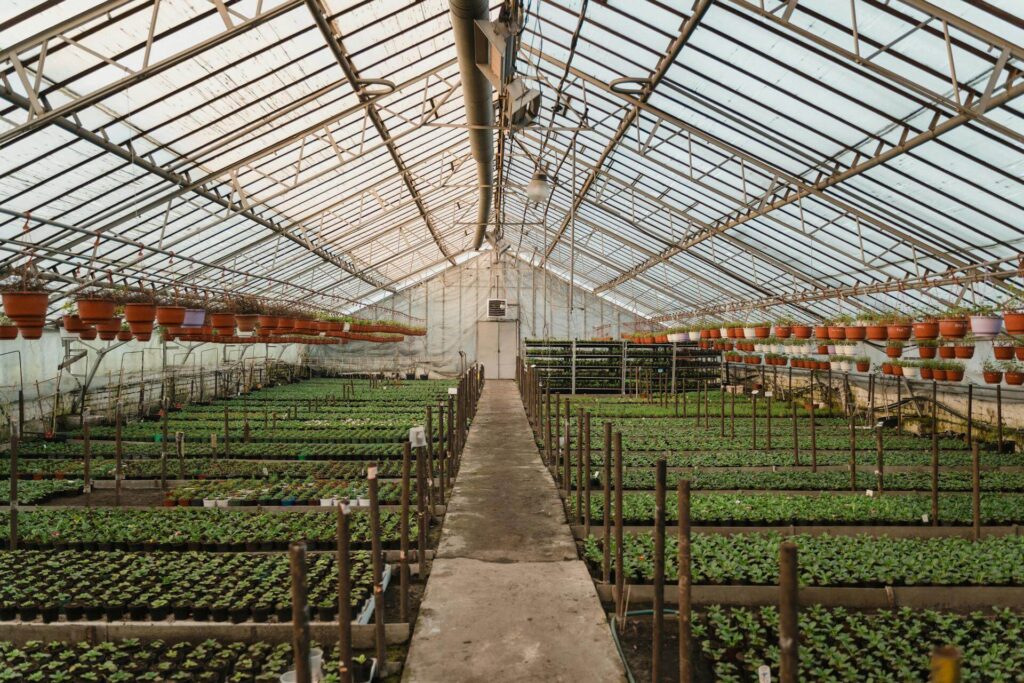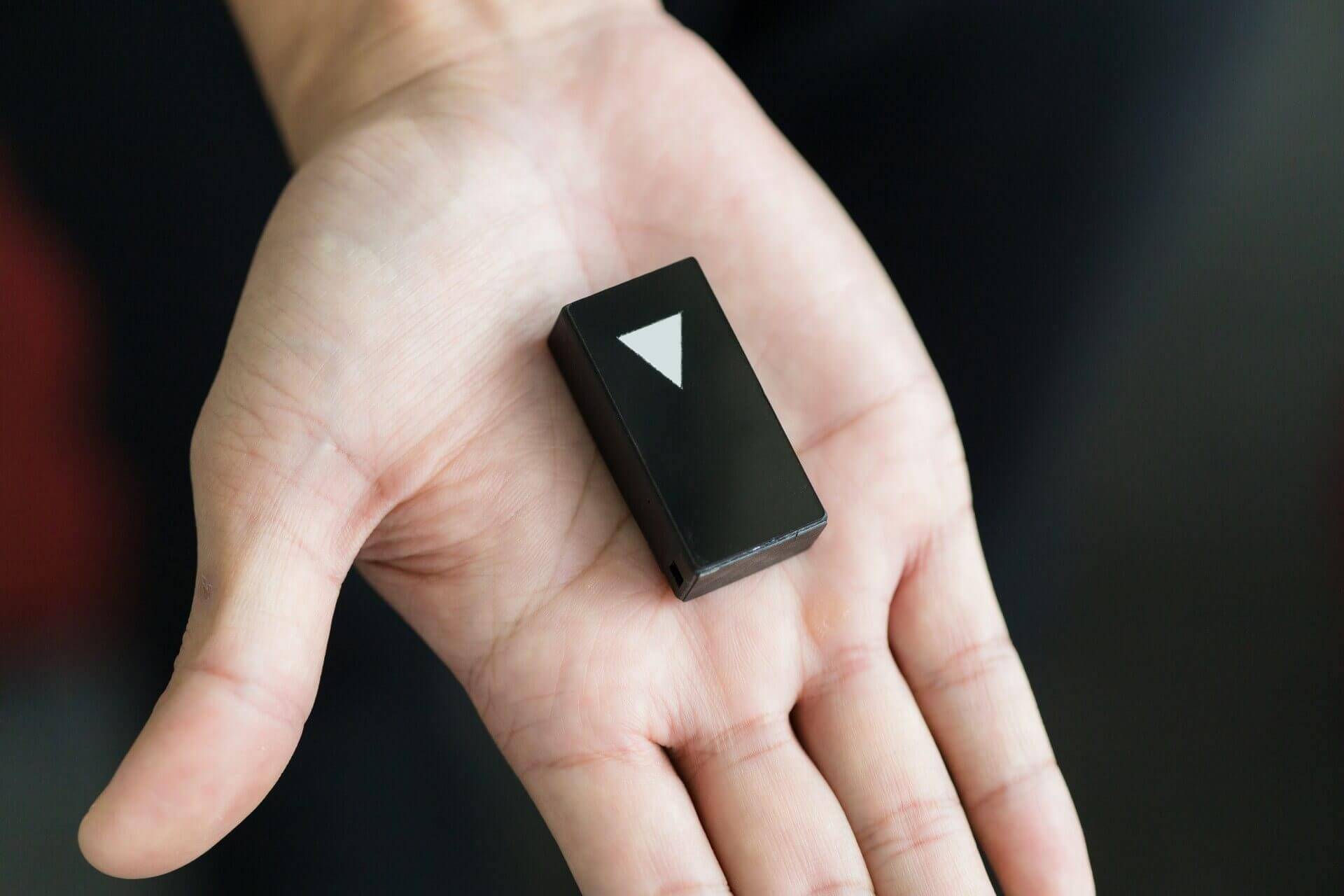

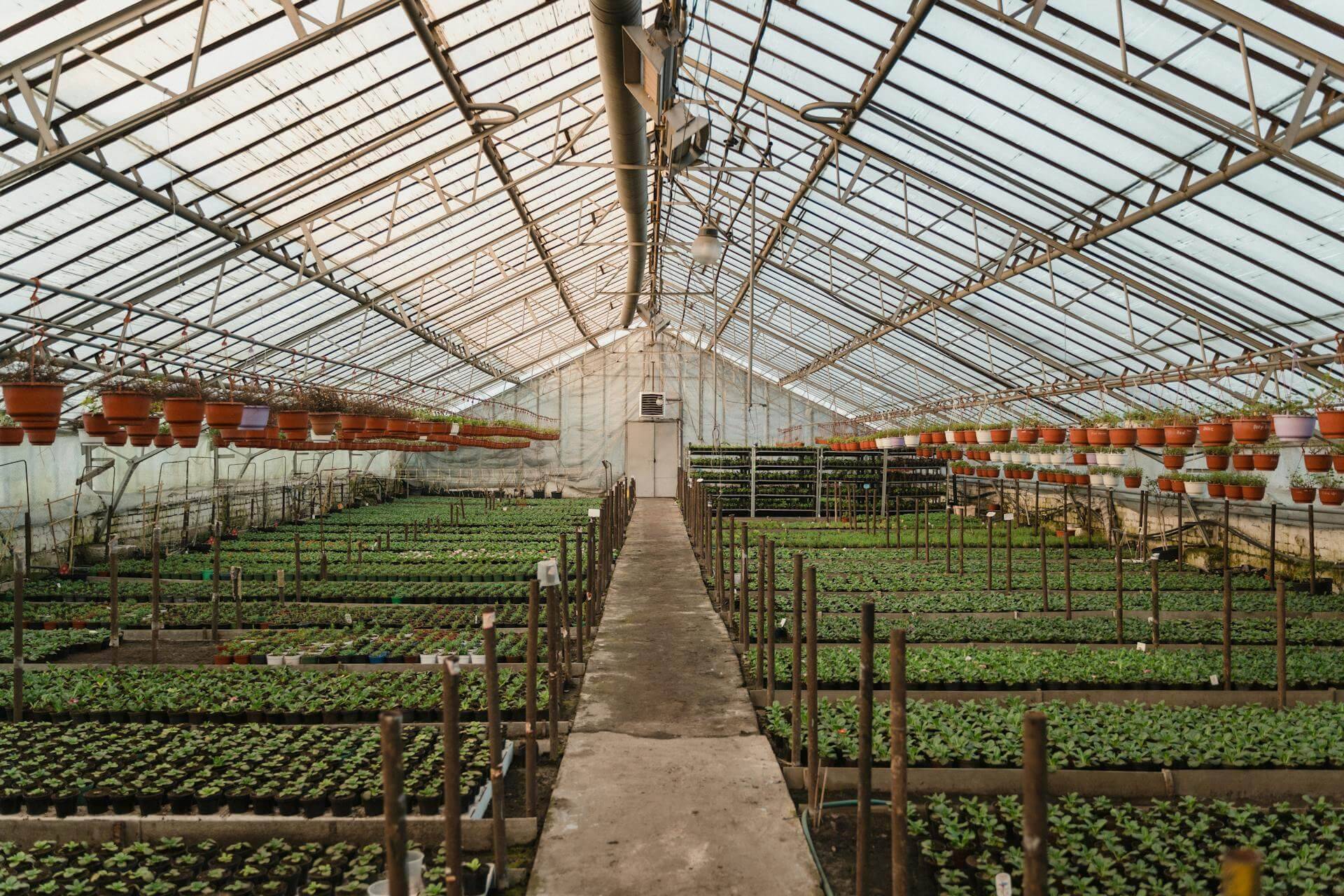

Precision, portability, and performance in one sleek device.
Monitor and measure light intensity effortlessly, wherever you go.
Perfect for professionals and enthusiasts alike!

A light dosimeter helps you understand your light exposure, promoting better sleep, mood, and overall well-being. Take control of your health by balancing natural and artificial light for a brighter, healthier you!

Light is essential for plant health and productivity.
A light dosimeter ensures your crops get the right intensity and spectrum, maximizing growth, yield, and quality.
Grow smarter, not harder!

Track and optimise light colour and exposure to enhance health, productivity, and energy efficiency.
It’s not just smart—it’s life-changing!


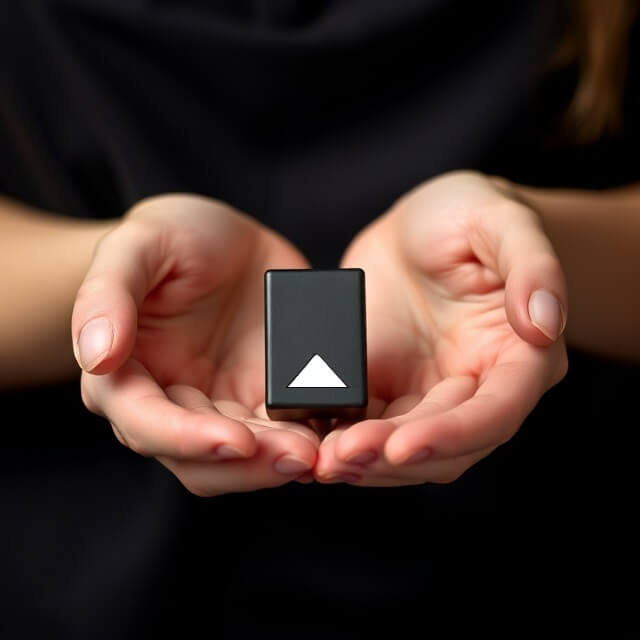
What is Speccy?
Speccy is an innovative pendant-shaped light dosimeter that you can wear as a piece of jewelry. Designed to be worn comfortably throughout the day, it continuously monitors the light you’re exposed to, gathering real-time data about the spectrum, intensity, color temperature, and timing of your light exposure. This wearable device tracks the fluctuations in natural and artificial light to ensure your body’s circadian rhythm stays balanced, promoting better sleep, mood, and overall health.
Speccy works in tandem with a dedicated WebApp that gives you actionable insights into your light exposure, helping you optimise your day for maximum well-being.
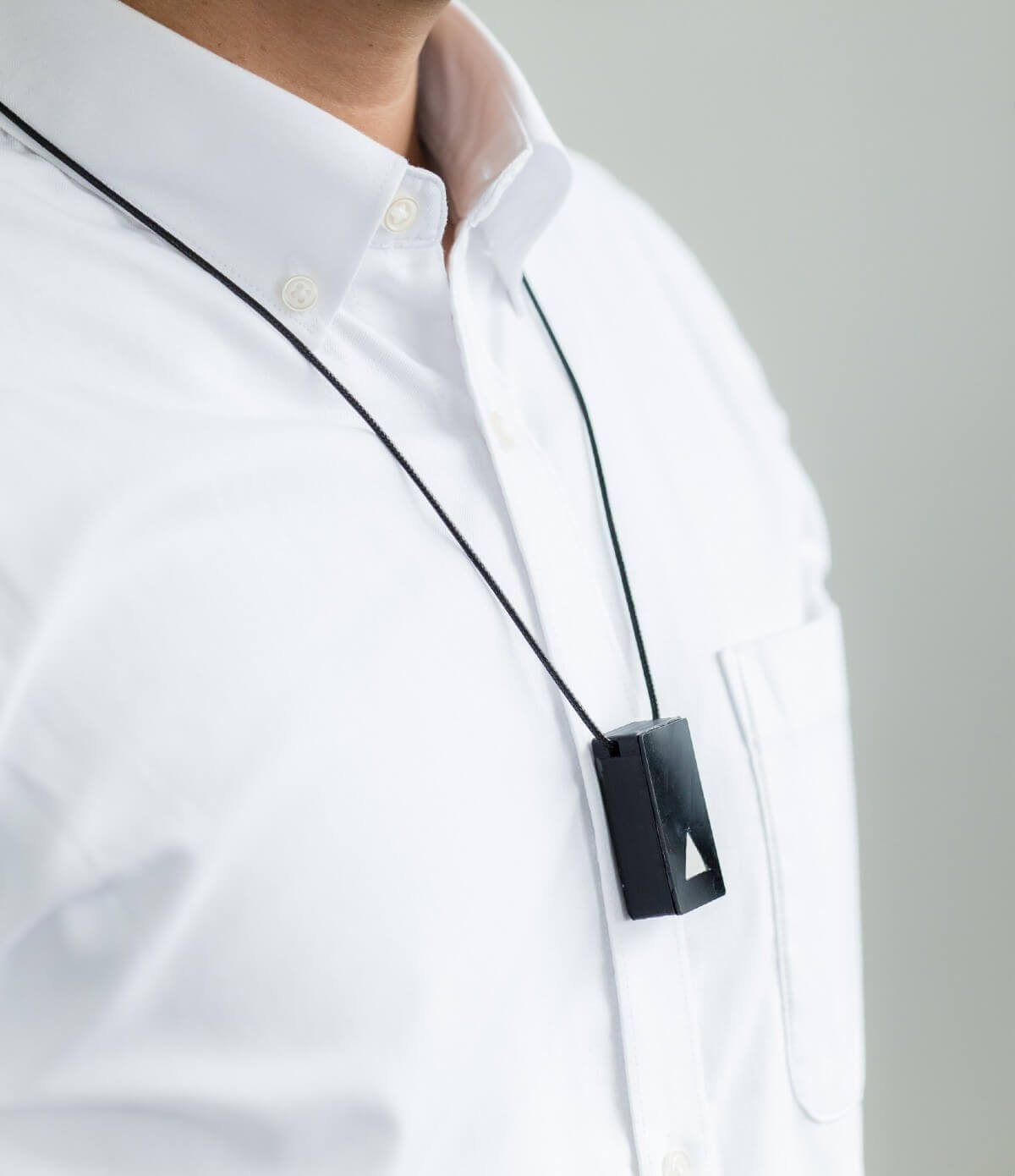
Why a Pendant Design ?
The pendant design is an excellent choice for a light dosimeter due to its unique combination of practicality, efficiency, and user-friendliness.
1. Ease of Wearability
A pendant design allows the dosimeter to be worn effortlessly around the neck, ensuring it remains close to the individual throughout the day. This proximity guarantees consistent monitoring of light exposure, providing accurate data without requiring conscious effort from the user.
2. Portability and Comfort
The lightweight and compact nature of a pendant dosimeter makes it unobtrusive to wear. Unlike handheld or clip-on devices, it doesn’t interfere with daily activities, ensuring comfort and reducing the likelihood of users forgetting to carry it.
3. Optimal Placement for Measurement
The pendant’s position, typically near the chest, ensures it is exposed to light in a way that closely mimics natural human exposure. This placement is ideal for collecting accurate readings, as it avoids obstructions like clothing that may occur with pocket- or belt-mounted designs.


